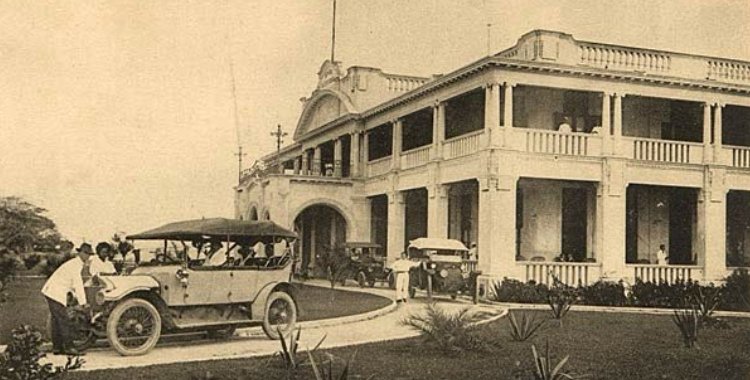
Part Three
This is the third is in a series of blogs by Norwegian anthropologist Solrun Williksen. These next few excerpts cover the glorious history of the GPH
It was not true as stated by Finance Minister Jim Ah Koy in 1998 that the Grand Pacific had been “an eyesore for the last 20 years”. But it was true that the hotel, for all its dignity and grandeur seemed to crumble at the same speed as the republic itself.
Mr. Ah Koy added that “if it wasn’t for Government’s intervention it would have stayed like that for another 50 years” (Fiji Times 23.8.1998). It was unclear to any observer what the Government’s intervention had actually been. Mr. Ah Koy made many promises to the developers, they would for example be entitled to free import of material and machinery from overseas. At the time the hotel was owned by American investors together with Pacific Star Company Limited and Nauru Phosphate Royalties Trust.
Neither the Government’s concern nor Mr. Ah Kay’s promises managed to pull the sagging building up. There were efforts in 1998 to get on with the project, but in December it came again to a halt: “Although no clear reasons could be obtained on the halt to construction work, sources hinted there could have been financial problems” (The Fiji Times 5.12.1998). None of the persons involved, neither constructors nor investors could be reached for comments.
Early in April 2000 the Fiji Government was tired of waiting for the Nauru Phosphate Trust to restore the hotel and took steps to regain the property. Since the Nauru government had not kept its promises, the Chaudhry government in Fiji felt in their right to repossess the building (2.4.2000). The Attorney-General, Mr. Anand Singh assured the public that the government was negotiating with other “third” parties to see how the building could be transformed into “the grandeur and splendour that it had before” (The Fiji Times 4.4.2000) However, no sooner had the new Prime
Minister, Mr. Chaudhry seized the building than he was himself seized and taken hostage by George Speight and his followers. No more was heard of the Grand Pacific for a long time. The Fiji government, in so far as a government did exist at all had other problems on its mind.
When I visited Suva in October 2002 the building was a gloomy monument of its own old glory. Rains and storms had raged over it and left it muddy and dark Shaggy palm trees were sweeping their branches along the walls, the windows were gaping empty over the once so dignified roads, Victoria Parade and Queen Elizabeth Drive. The balcony from which queen Elizabeth had waved her white arm looked like it would never again carry anybody, let alone a queen.
Is there still hope? Yes, says the architect Stuart Huggetts who has been involved with the restoration plans from the very start. The work will soon begin, he says. He feels confident that the hotel holds on till it can be saved and restored. It is a very solid construction. The framework is solid like rock, he says, so as soon as the Fiji government gives green light to go ahead with the restoration it will be done- and fairly fast (personal communication 21.10.2002).
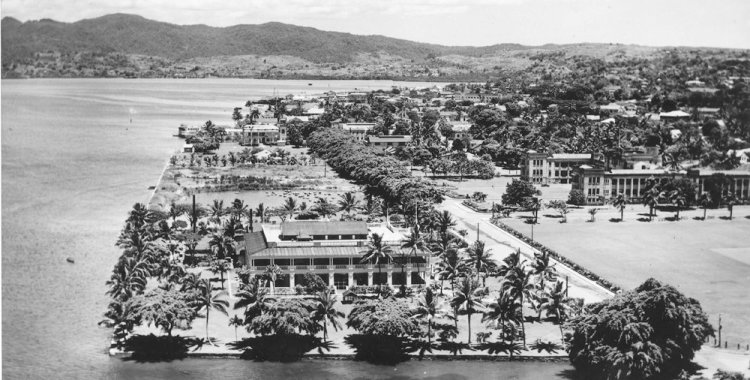
It is clear from all this that saving the Grand Pacific has not been of a very high priority in the country, though some may say otherwise. Stuart Huggetts is convinced that the government has the hotel very high on their list of heritage buildings and that, when they let Nauru buy it, they did so with the best of intentions. Stuart Huggetts, The National Trust of Fiji and people interested in old buildings have assured me that the GPH has a high priority in the politicians mind.
So far mind has not won over matter. At the time of take-over by the Nauru government, Nauru had money, which Fiji had not. And since the hotel was closed in I 992 Fiji has had, as we have seen, tough political and economical problems to deal with. What are the prerequisites for a joint interest in anything as exotic to Fiji as the Grand Pacific Hotel? For whom is this building important at all? To whom are the memories of buildings like this significant and with whom can those who do miss the Grand Pacific Hotel exchange experiences, with whom do they share what Connerton calls “legitimate currency of memories”? (Connerton: 3).
Sir Len Usher is one of the few who can be called a true witness of the past. He is the former mayor of Suva and with his 96 years of age, many of which spent as an official figure of Fijian social and political life, he was able to dwell at length on the festive occasions, the dinner suits of the gentlemen, the evening dresses of the ladies. As he rightly commented it is hard to remember details now as it has been closed for so long and there is nobody to talk to about it. “It belonged to a time”, he says, when there was style, formality, dignity. At Saturday’s dinner there was black tie”.
In the case of The Grand Pacific Hotel we may assume that only as long as people live and talk about all the events that took place there will the hotel have real significance. Though a momentum to national grandeur and a “landmark” to the politicians (who as easily give their dinners at the Travelodge a stone’s throw further up the road), to the woman and man in the street it is an eyesore as long as it hovers in a derelict state along the seawall, but if it disappears altogether and a modern building rises instead, would they worry?
The above photo courtesy of the Fiji Museum, is an artist’s rendition of the yet to be reconstructed GPH
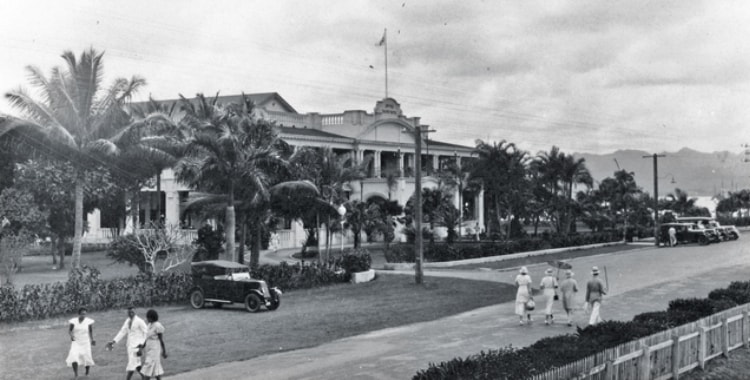
Fiji’s Greatest Hotel: Remembrances of the Grand Pacific Hotel – Part 4
Part Four This is the Fourth in a series of blogs by Norwegian anthropologist Solrun Williksen. These next few excerpts cover the glorious history of the GPH Fiji Times twice to find people who had worked at the Grand Pacific or who were in any way related to the building and could tell a story about […]
About Grand Pacific Hotel
Once established as the standard of luxury that was fit for royalty; now more than 100 years later, the Grand Pacific Hotel remains true to the ideals of delivering the best of old world charms, South Pacific hospitality and contemporary service. Website






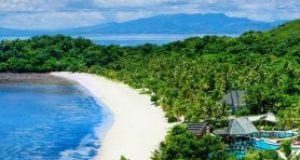

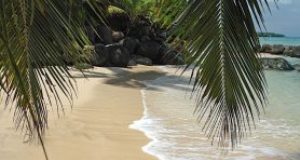

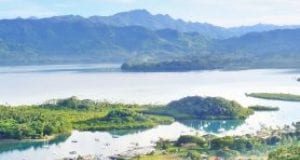

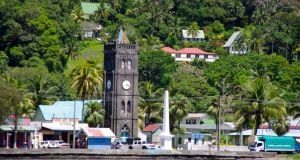
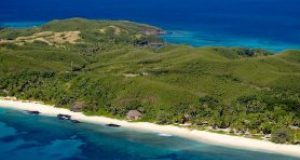



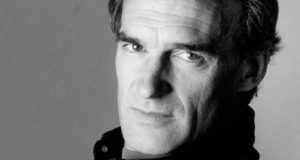





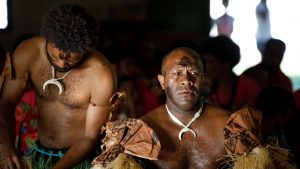






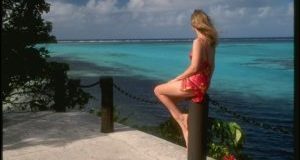





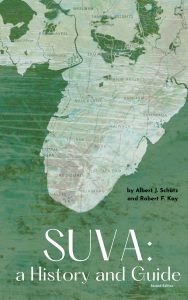
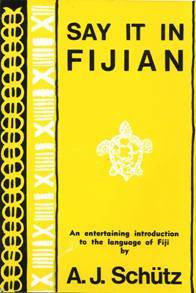


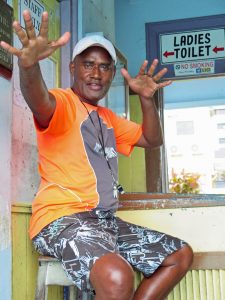
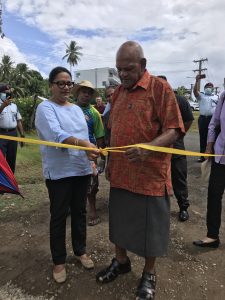



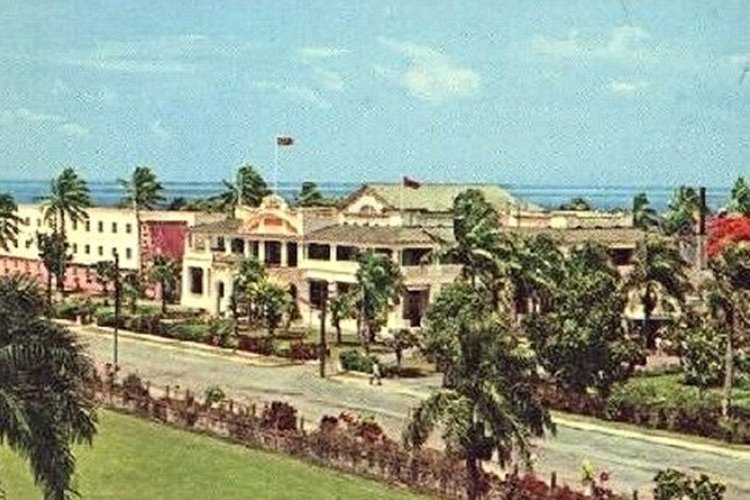
Leave a reply